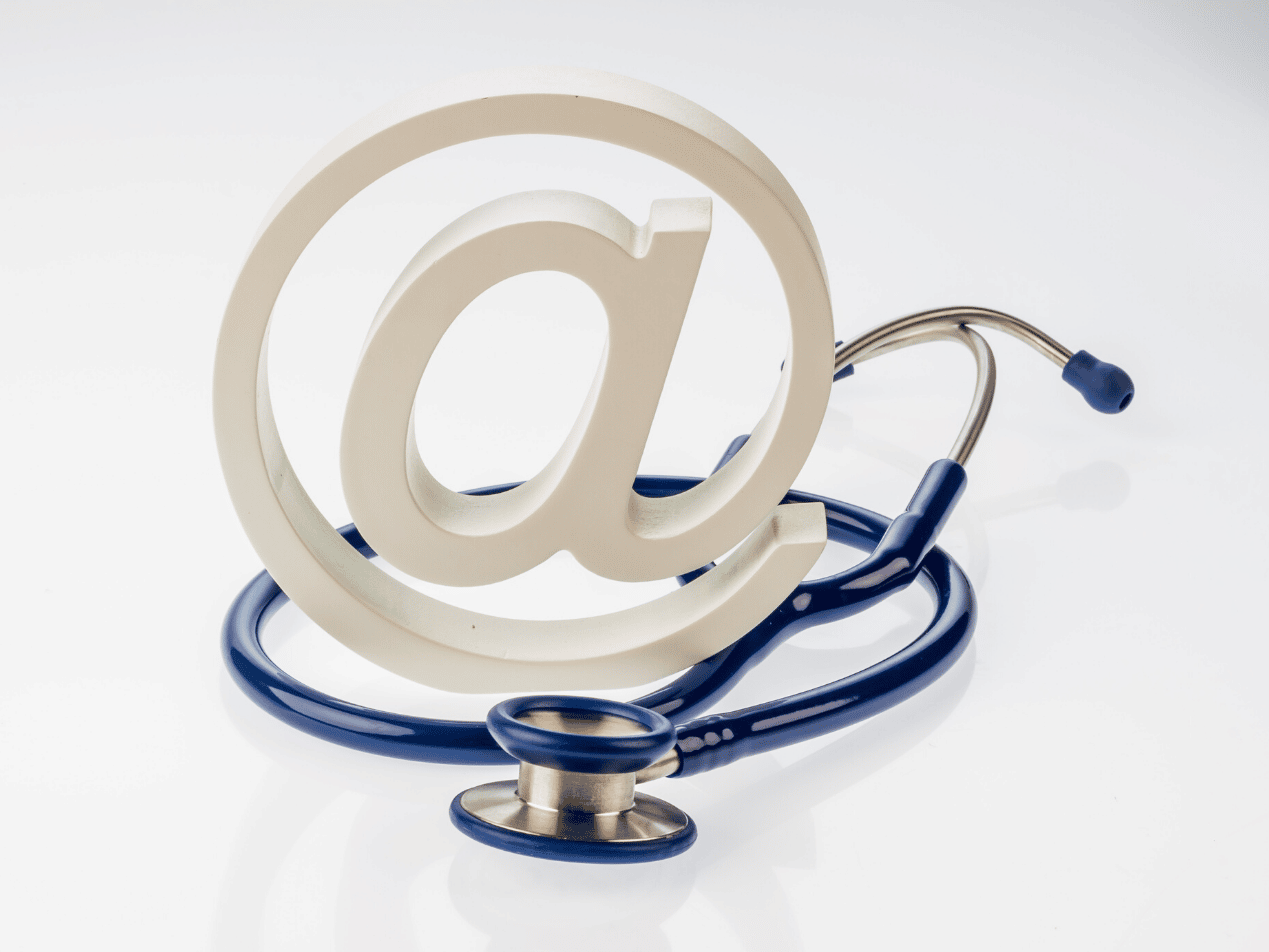3 min read
Use email marketing to improve patient adherence to treatment plans
Kapua Iao
February 27, 2023

Email marketing is a great tool for communication. For example, email is useful for directing patients to resources or following up before and after appointments. Moreover, it is useful for helping patients follow and stick to their treatment plans.
Electronic messaging can play a vital part in facilitating patient engagement. Patient care can improve when patients play bigger roles within their personal health programs. Especially when utilizing secure HIPAA compliant email to keep their protected health information (PHI) safe.
LEARN MORE: HIPAA compliant email: The definitive guide
Today, we’d like to focus on one aspect of healthcare that email marketing improves: patients’ adherence to their treatment plans.
Email marketing and why it matters
Healthcare organizations can use personalized or general email marketing to connect to patients and target specific populations. When done properly, healthcare email marketing promotes better patient engagement and, ultimately, better health outcomes.
SEE ALSO: HIPAA and marketing: What you need to know to build a modern healthcare marketing strategy
And research shows that patients want to send and receive emails to their doctors. Last year, a Catalyst Healthcare Research poll discovered that 93% of adults prefer a doctor that offers email communication even if there is a small fee involved.
What could doctor–patient communication through email include?
- Exciting changes/updates
- Research related to similar conditions or treatment plans
- Appointment reminders
- Follow-up information after appointments
- Receipts to go with visits, treatment, or prescriptions
- Test results and/or reports
- Charts and data exchange for diagnoses
- General and specific information for treatment plans
Many patients may wish to use email to book or cancel appointments, arrange non-urgent consultations, or request repeat prescriptions. A happy patient leads to a better-engaged patient and a better chance to provide strong patient care.
The value of patient engagement
Engaging patients early in their diagnosis and at the right time during their patient journey help patients achieve better outcomes. A patient journey is the entire patient process from the moment they first seek medical attention to recovery (or stability). And engaging them at the right moment in shared decision-making in diagnosis and treatment encourages stronger recovery.
The idea of healthcare consumerism, patients playing a more active role, is driven by personal preference and more patient control. Patients want to be more empowered to make decisions about their healthcare needs and preferences. Delivering personalized content at the right time then shows patients that providers truly understand and care about their needs.
Such an encouraging relationship is crucial to closing care gaps and fostering trust, ensuring positive feedback and growth for the healthcare organization as well. It improves office productivity, which reduces overall and personnel costs in the long run.
Health systems must focus on creating good experiences to augment brand awareness and patient retention. Covered entities must prioritize proactive patient engagement throughout the entire patient journey, including during treatment.
Patients, email, and treatment plans
A treatment plan is a detailed program or schedule about a patient’s health issues and treatment needs and goals. Some treatment needs to be in person, while some may be by follow-up appointment or by a patient alone. Treatment plans typically include information such as how to accomplish treatment goals and possible problems or issues. Moreover, such plans can document progress and present/future outcomes.
According to the American Academy of Family Physicians, patients informed and involved in treatment decisions tend to have better results. Email marketing is a great tool for facilitating this involvement because it:
- Allows doctors to document and monitor care
- Decreases costs for both patients and doctors
- Encourages faster help for non-urgent matters
- Optimizes adherence and compliance to treatment
And targeted patient health marketing emails make it even more possible for patients to stick to their treatment plans. The latest research on conditions or treatment can make a patient feel supported. News about the latest medicines can encourage patients to understand what they need to do. Up-to-date public health messages can keep patients aware and knowledgeable.
It’s important for healthcare professionals to keep patients engaged, defended, and protected throughout their treatment.
Securely communicate with HIPAA compliant email
One important aspect not to forget: communicating with patients safely and securely. Healthcare providers must abide by HIPAA regulations, especially when communicating with and about patients. The HIPAA Privacy Rule explicitly states that healthcare organizations must always safeguard patients’ PHI.
Then, the HIPAA Security Rule establishes protections necessary to defend ePHI (electronic PHI). Administrative, technical, and physical safeguards assure PHI remains shielded, including when communicating or marketing through email. The HIPAA marketing web page does not expressly mention email, but its use is permitted under the Privacy Rule. Largely, providers can only divulge PHI after obtaining patient authorization.
Strong email security should generally include access controls, encryption, secure gateways, and malware filters. And if marketing to patients, a HIPAA compliant marketing tool that allows personalization along with HIPAA compliant communication.
Consider the best: Paubox Marketing
Paubox Marketing is the only healthcare email marketing tool that allows you to prioritize secure communication. Users can personalize marketing emails and still deliver a seamless experience. All while staying HIPAA compliant.
READ ABOUT: HIPAA compliance for email in 3 easy steps
Emails are delivered directly to patients’ email inboxes. No portals or extra logins are necessary. This increases the likelihood that emails will be read. As a bonus, our Paubox solutions are HITRUST CSF certified.
To our knowledge, we are the only HIPAA compliant email provider with this certification.
Some healthcare providers may not realize the benefit of email communication, but research shows communication works. And that uninformed and unengaged patients likely won’t have positive outcomes. They are more likely not to stick to their treatment plan. By choosing to include patients in their personal care and letting them play a role in treatment, covered entities make delivering strong, safe healthcare much easier.
Subscribe to Paubox Weekly
Every Friday we'll bring you the most important news from Paubox. Our aim is to make you smarter, faster.




